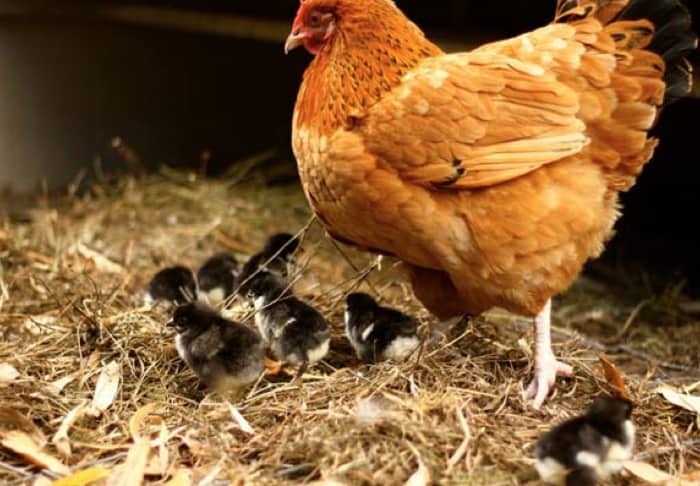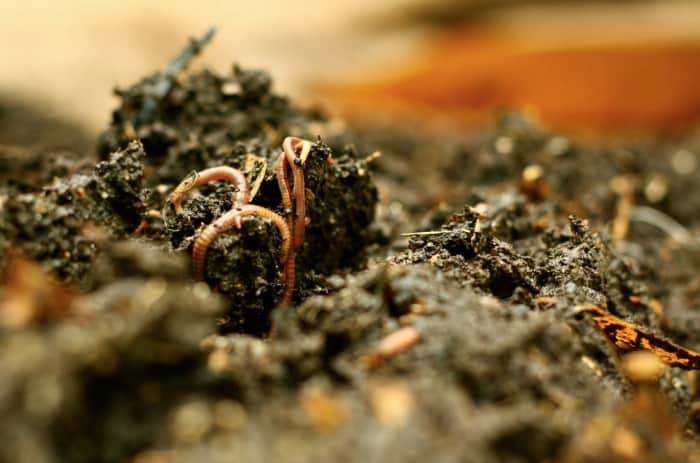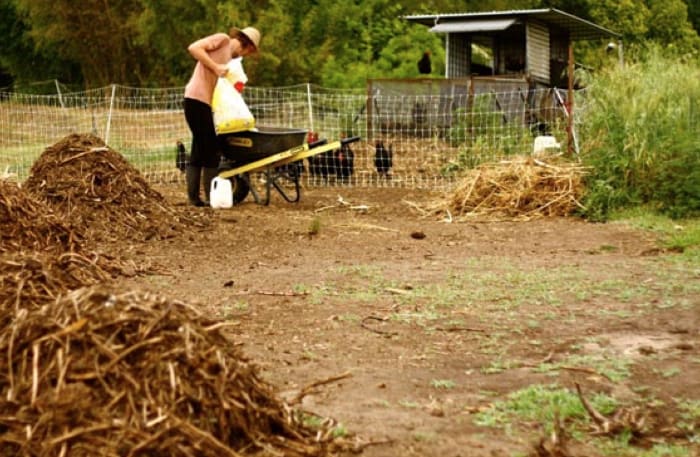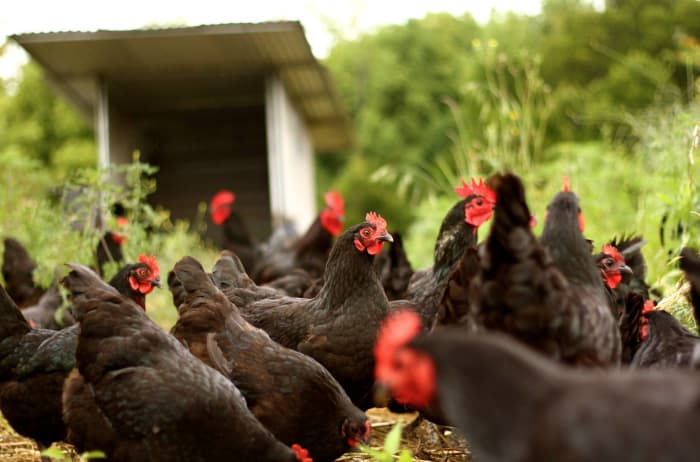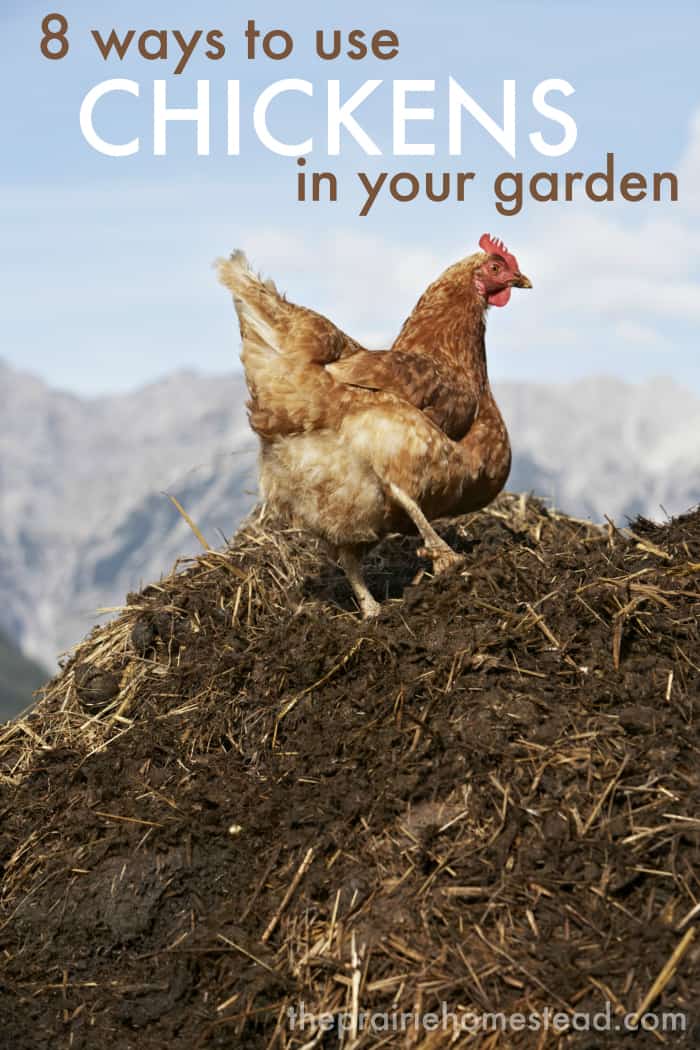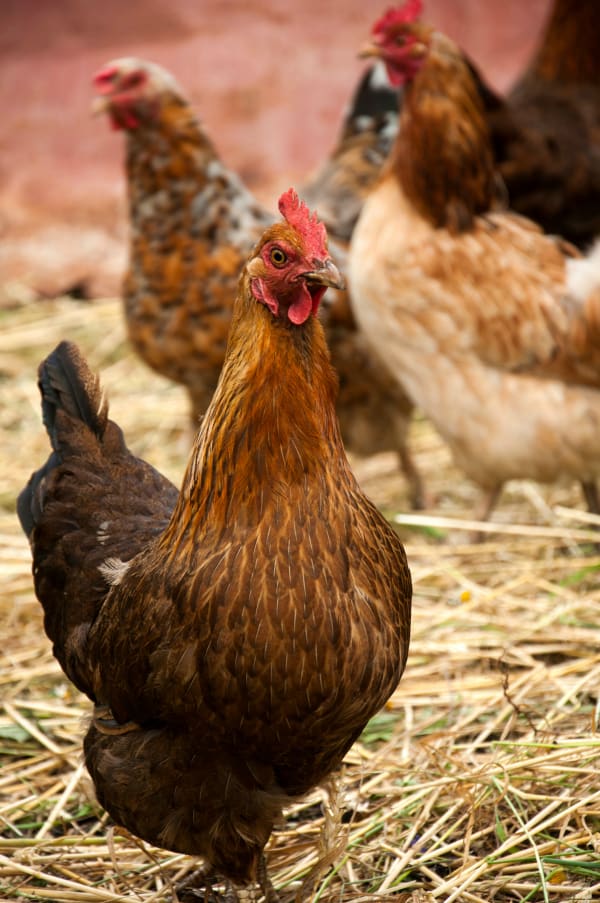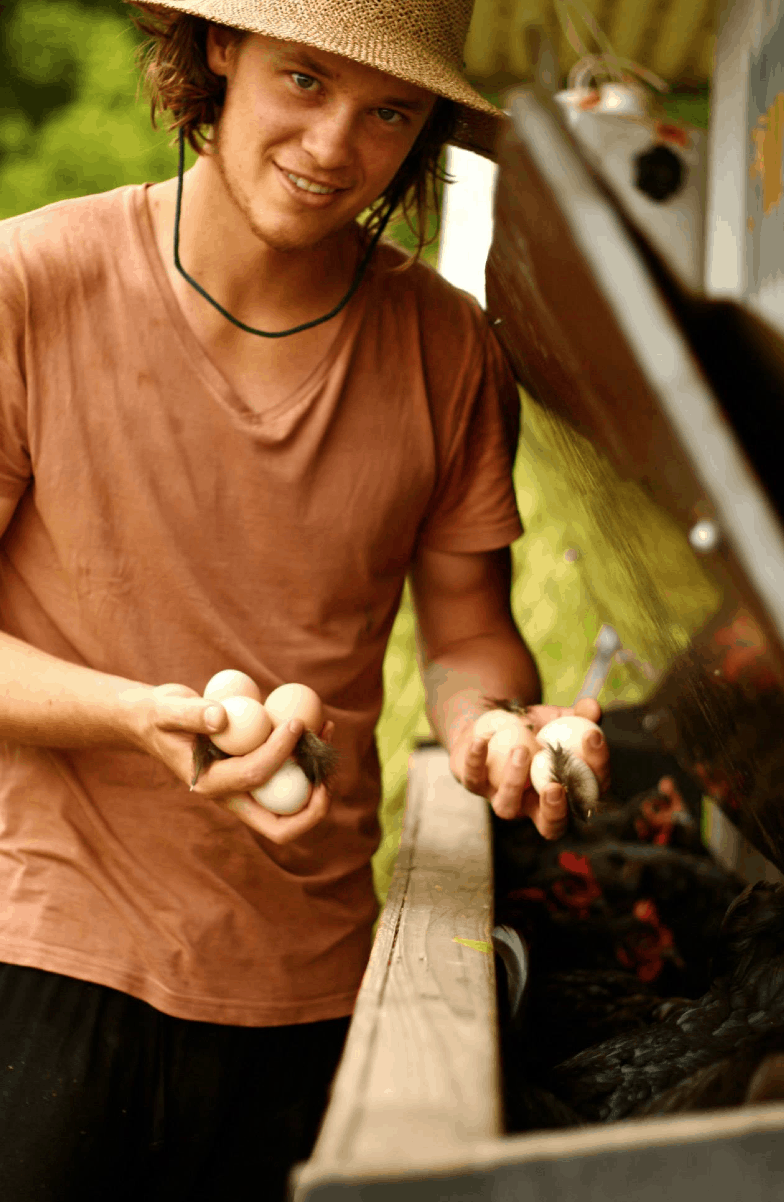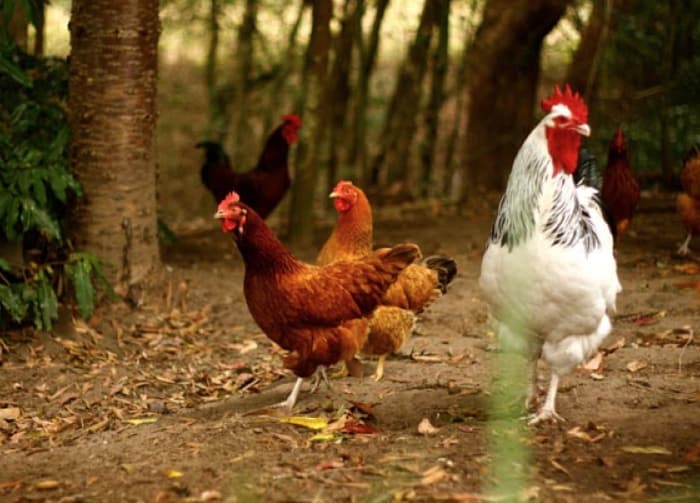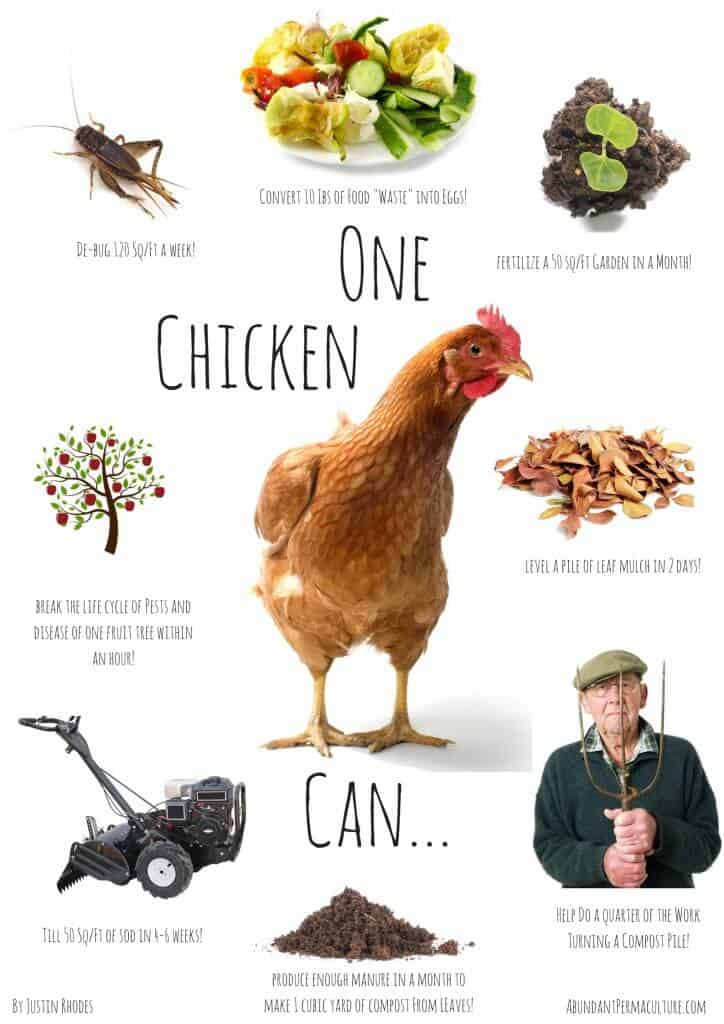 Comfrey is a useful and powerful helper. Do you have any growing? Buy Russian Comfrey Today
Comfrey is a useful and powerful helper. Do you have any growing? Buy Russian Comfrey Today
It is a dynamic accumulator that improves your soil, prevents disease and provides free mulch for your plants as well as livestock fodder. Comfrey is also a powerful compost activator and will get your compost pile off to a quick start.
Do you have a plant in your garden that gives free mulch, compost activator, and a potent plant food? The plant is Russian Comfrey. It has long taproots that harvest nutrients from deep within the ground. The dynamic accumulation of minerals and nutrients is what makes comfrey leaves an excellent natural source of nitrogen, phosphorus, and potassium. The NPK ratio of comfrey leaves is 1.8-0.5-5.3. Comfrey is also rich in calcium and many other valuable plant minerals it mines from deep in the subsoil.
Here are some ways that you can Harness the Power of Comfrey
Mulch. Freshly cut comfrey leaves make good mulch because they're high in nitrogen, so they don't pull nitrogen from the soil while decomposing, as high-carbon mulches like straw and leaves do. And comfrey's high potassium content makes it especially beneficial for flowers, vegetables (such as tomatoes, peppers, and cucumbers), berries, and fruit trees.
Soil amendment. Use freshly cut comfrey leaves (but not the flowering stems in this case—they can root) as fertilizer in planting holes. The leaves break down rapidly and provide nutrients right at the roots.
Compost activator. Comfrey is especially useful if you have lots of dry brown material and the pile is slow to heat up. Just layer the fresh comfrey leaves and stems in as you add other material to your pile.leaves and stems in as you add other material to your pile.
Liquid fertilizer. One of the best ways to tap your fertilizer factory is to brew comfrey tea. Fill a barrel or trash can about halfway with fresh comfrey, add water, cover it, and let it steep for 3 to 6 weeks. Comfrey tea smells foul, so brew it away from sensitive noses (yours or your neighbors). The tea may be used full strength or diluted to about half strength—to the color of weak tea. Use it whenever you water your plants. It's great for watering stressed plants to help get them back on track.
You can also make liquid fertilizer concentrate by packing fresh-cut comfrey tops into an old bucket, weighing them down with a big rock or a plastic bag of water, covering tightly, and waiting a few weeks for them to decompose into a lovely thick black goo. Some gardeners put a hole in the bottom of the bucket and collect the concentrate in another container as it drips out. Dilute this comfrey concentrate about 15 to 1 with water, and use as you would comfrey tea. You can seal this concentrate in plastic jugs until you are ready to use it.
Pest prevention and control. Scientists at Moscow State University in Russia observed that powdery mildew spores that landed on wheat seedlings sprayed with comfrey tea did not germinate, and the wheat seedlings did not become infected. The researchers concluded that the comfrey tea sprays had activated natural defense mechanisms in the wheat seedlings, making them more resistant to disease.
To use comfrey tea or diluted comfrey extract as a foliar drench or spray, add a few drops of liquid soap (it helps the spray stick to leaves) and apply it to your plants. You can use a watering can with a fine rose, but you'll get better coverage with a garden sprayer. Be sure to strain yourliquid very carefully (let it drip through a large coffee filter) before you put it in your sprayer, or you'll clog up the nozzle before you even get started. When you spray your plants, don't coat just the tops of the leaves; reach under and spray the bottoms, too, at least until the liquid starts to run off.
Easy to Grow
If you're not yet ready to put comfrey to work in your garden, wait until you find out how little it expects from you. Russian comfrey is a hardy perennial (USDA Plant Hardiness Zones 3 to 9) with large, hairy leaves; long, fleshy roots; and clusters of small cream, pink, or blue flowers. Unharvested plants grow to about 3 feet tall and wide. Comfrey spreads rather enthusiastically both by self-seeding and sprouting from even small sections of severed root. You can prevent this by planting only sterile cultivars such as 'Bocking 14' and not digging or cultivating around your comfrey.
 Comfrey grows best in full sun or partial shade. It thrives in clay soil with plenty of moisture but tolerates a wide range of conditions. Once established, it is difficult to get rid of, so choose a site where it can stay. Six plants is enough for most gardeners, which means allowing a planting space of about 6 by 10 feet or 3 by 20 feet. Don't plant comfrey in any area you cultivate, as breaking off bits of root will create oodles of new plants. Remove any perennial weeds in the bed. Plant root cuttings or plants about 3 feet apart either in spring or fall, and keep the soil moist until plants are well established. Don't harvest the first year, and cut off any flower stalks that form, as your plants need to establish a good root system.
Comfrey grows best in full sun or partial shade. It thrives in clay soil with plenty of moisture but tolerates a wide range of conditions. Once established, it is difficult to get rid of, so choose a site where it can stay. Six plants is enough for most gardeners, which means allowing a planting space of about 6 by 10 feet or 3 by 20 feet. Don't plant comfrey in any area you cultivate, as breaking off bits of root will create oodles of new plants. Remove any perennial weeds in the bed. Plant root cuttings or plants about 3 feet apart either in spring or fall, and keep the soil moist until plants are well established. Don't harvest the first year, and cut off any flower stalks that form, as your plants need to establish a good root system.If you have a small yard or you're concerned about comfrey taking over your garden, grow it in large trash cans. Just cut drainage holes in the bottom of each can, fill with a soil and compost mix, and plant.
Comfrey produces huge quantities of leaves during the growing season (4 to 5 pounds per plant per cutting) and will happily soak up any nitrogen-rich fertilizer it's given, though it grows just fine without extra feeding.
 'Bocking 14' Russian comfrey is sterile but individual plants will expand, so divide them every few years if your patch is getting crowded. Don't even dig them up; just slice through each one with a sharp spade while its in the ground. Replant the sections you remove or share them with friends, but don't put the roots in your compost pile, or you'll have comfrey plants popping up everywhere next year.
'Bocking 14' Russian comfrey is sterile but individual plants will expand, so divide them every few years if your patch is getting crowded. Don't even dig them up; just slice through each one with a sharp spade while its in the ground. Replant the sections you remove or share them with friends, but don't put the roots in your compost pile, or you'll have comfrey plants popping up everywhere next year.Harvesting
Comfrey is ready to harvest when it is about 2 feet tall or starts to form flower stalks. Depending on your climate, you will probably get four or more harvests a year. Cut off the whole plant about 2 inches above the ground with pruners or a sickle. Be sure to wear gloves and long sleeves when harvesting comfrey, as some people find it irritates their skin. After harvesting, give your comfrey a good watering and renew the mulch layer.









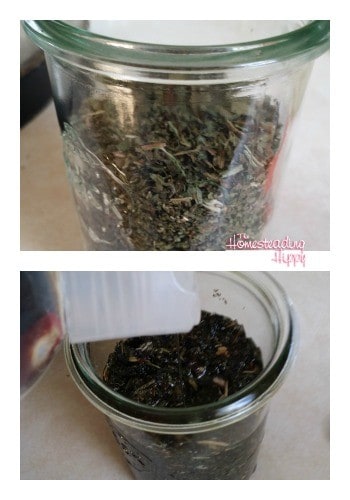
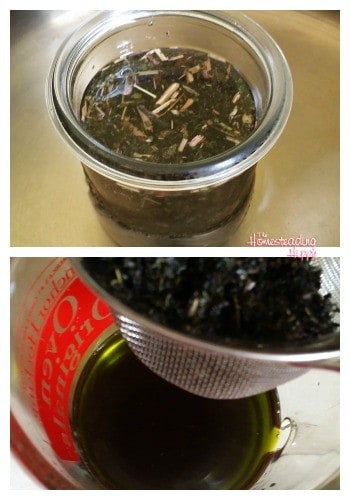
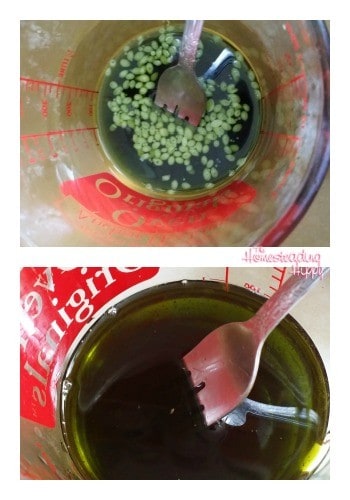




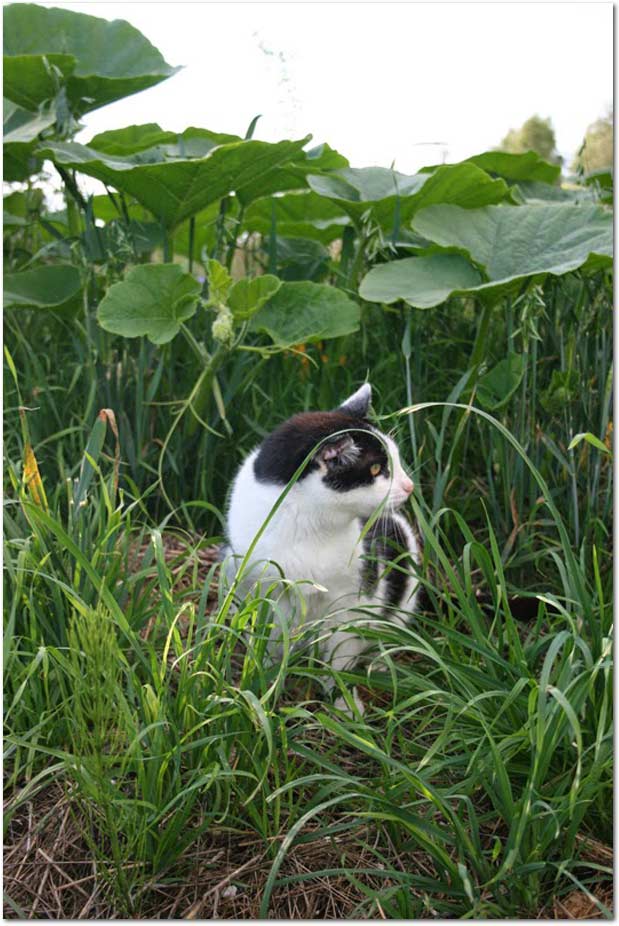



 Are
you interested in a systems approach to problem solving? Do you want to
adapt or improve your skillset to a changing world? Are you looking to
participate in innovative and solutions-oriented programs?
Are
you interested in a systems approach to problem solving? Do you want to
adapt or improve your skillset to a changing world? Are you looking to
participate in innovative and solutions-oriented programs?




